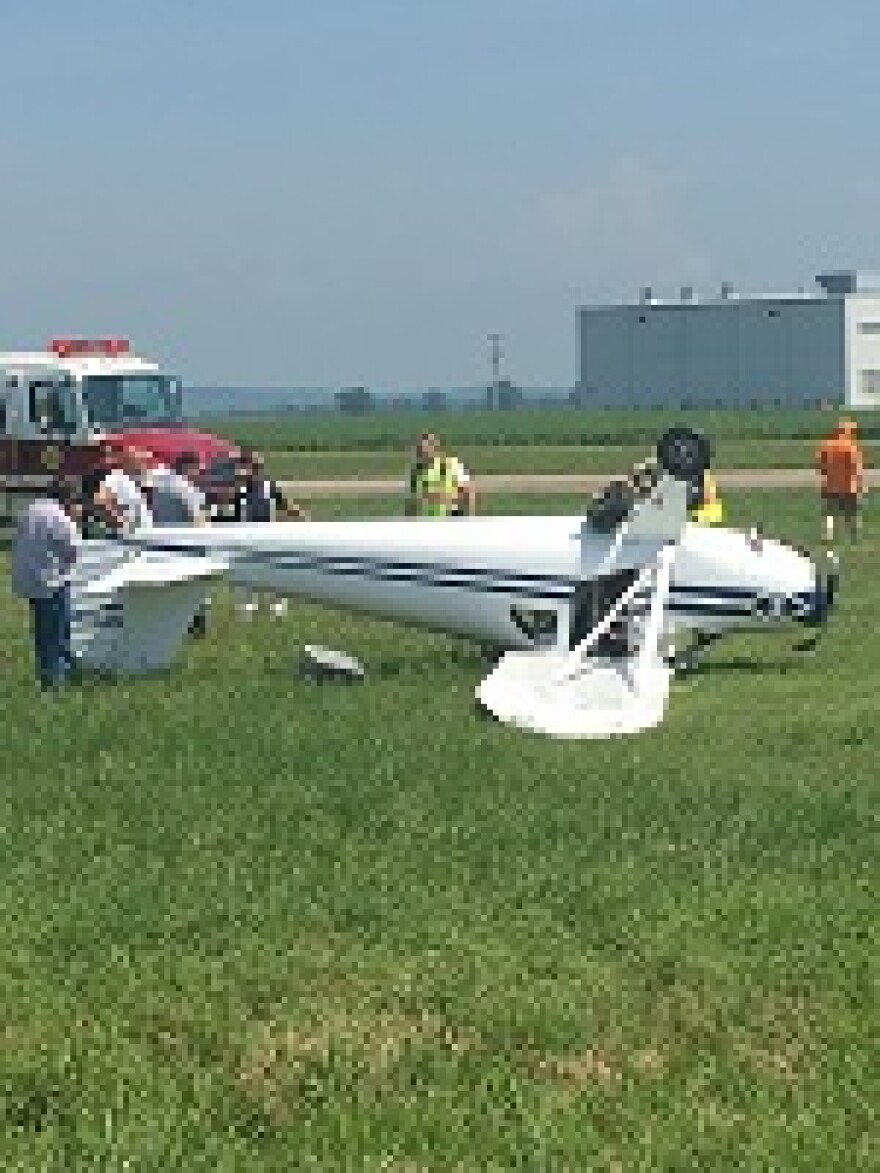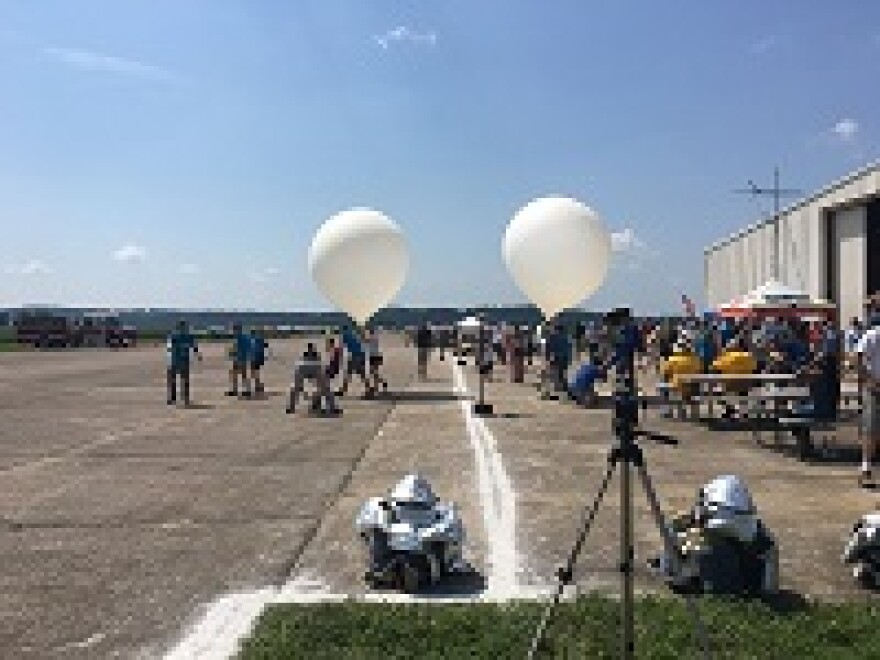Hundreds turned out at the Perryville Regional Airport to view the total solar eclipse.

Phil Dixon was one of more than 130 pilots from 30 states who took advantage of the fly-in. The Wentzville, Missouri man says it lived up to the billing.
"Just looking around while it was dark, seeing Venus in broad daylight, all of those things were really amazing. It's making me look forward to the next one that's going to be here in about another seven years."
The next total solar eclipse in the U.S. is set for April 8, 2024.
Carla Pereira, a school teacher and amateur astronomer from Portugal, says the 2017 eclipse was breathtaking.
"I never thought I could see that corona with such detail. The Baily's Beads, everything. It was awesome."
One of the planes crashed attempting to leave soon after the eclipse ended. The pilot, Tom Rippee of Salem, Illinois, was not hurt.

Eyewitness Andrea Toomer of Little Rock, Arkansas, says she's not sure what happened.
"I basically just saw the plane...it was upright and then it flipped upside down and quickly came down to the ground. He wasn't very high up."
In the midst of the activities surrounding the total solar eclipse at the Perryville Regional Airport, there was some research going on.
Teams from Southeast Missouri State University, DePaul University, the University of Illinois and Adler Planetarium in Chicago were there to collect data on the phenomenon.
Max Bowman is a 16-year-old volunteer of Adler’s Far Horizons Project. His part of the project involved the wiring of the payload that included two go-pro cameras that shot video of the eclipse shadow and transmitted it back to the ground.
"It's something you can only get from a weather balloon, right? So, to see that shadow kind of moving at 1,200 miles per hour across the nation is going to be a fantastic sight."

Seventeen year old Anelise Goldman is also with Adler’s Far Horizons Project. She says since they’re part of a teaching laboratory, the data collected will hopefully inspire more people to become interested in science.
"Being able to see this 360 (degree) video and also the shadow across the ground will give us the opportunity to show this to people who might not be able to see it otherwise and try to get more people interested in astronomy and exploring the world around them and things like that."
For video of their research, visit the Adler Far Horizons You Tube page.









